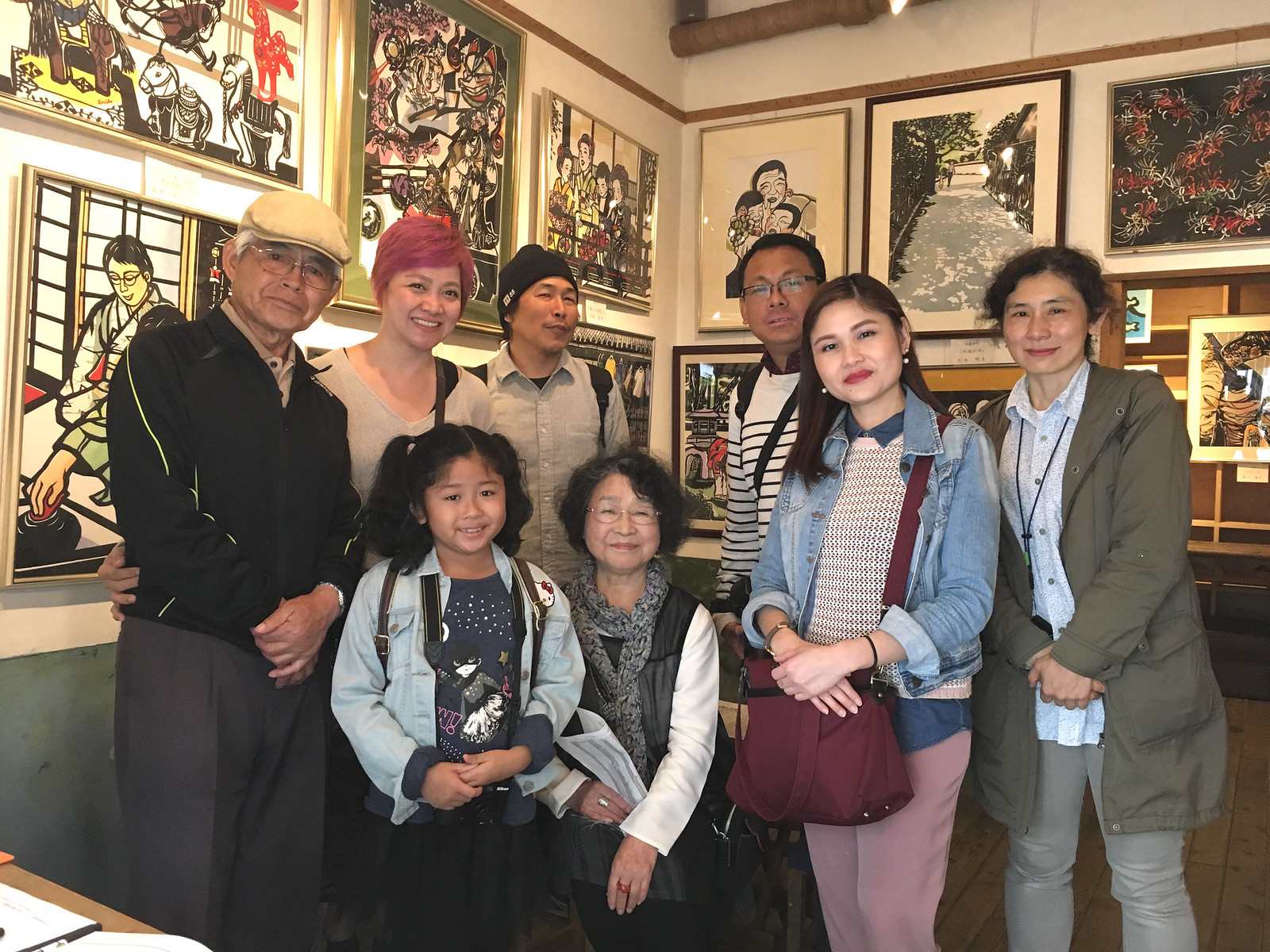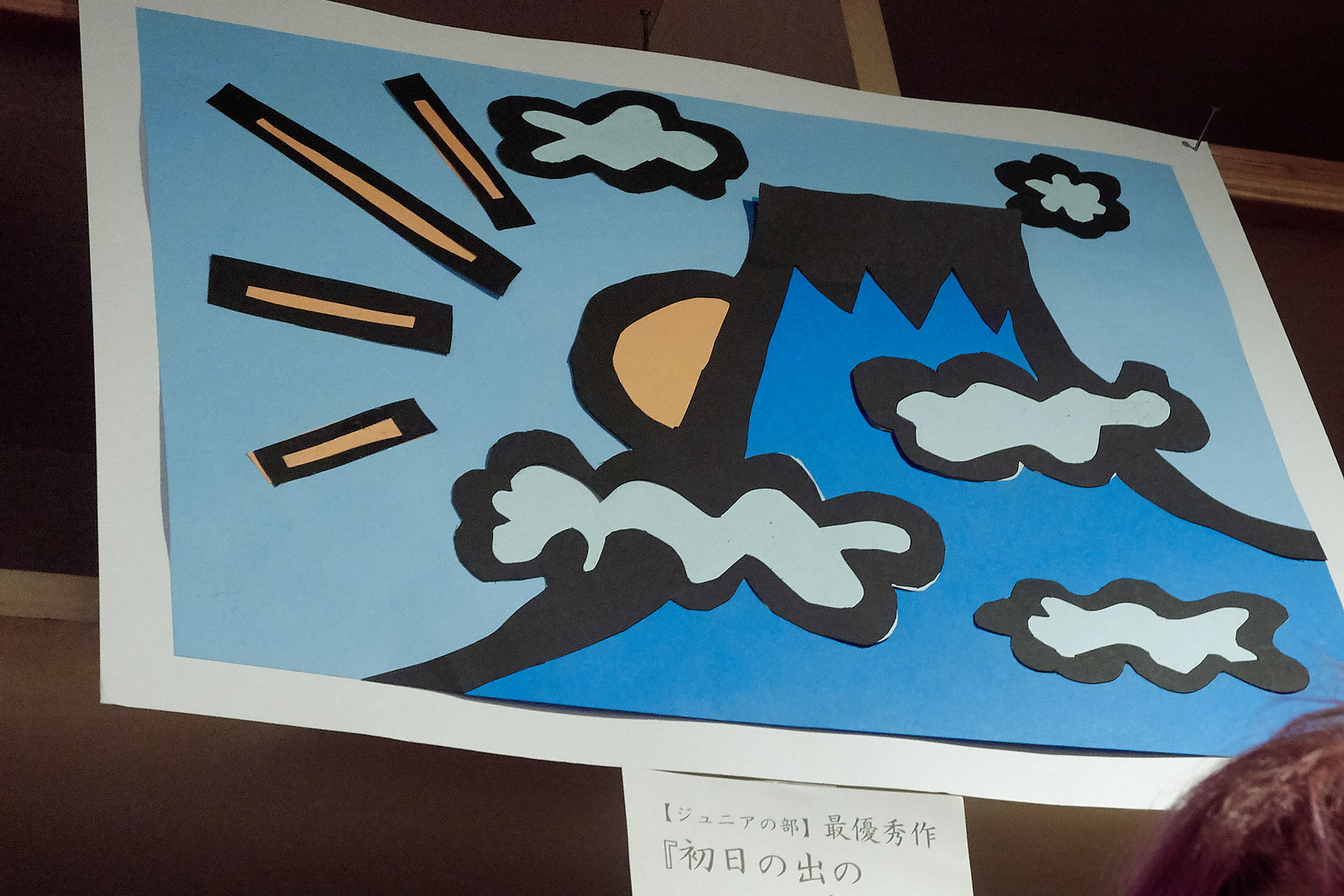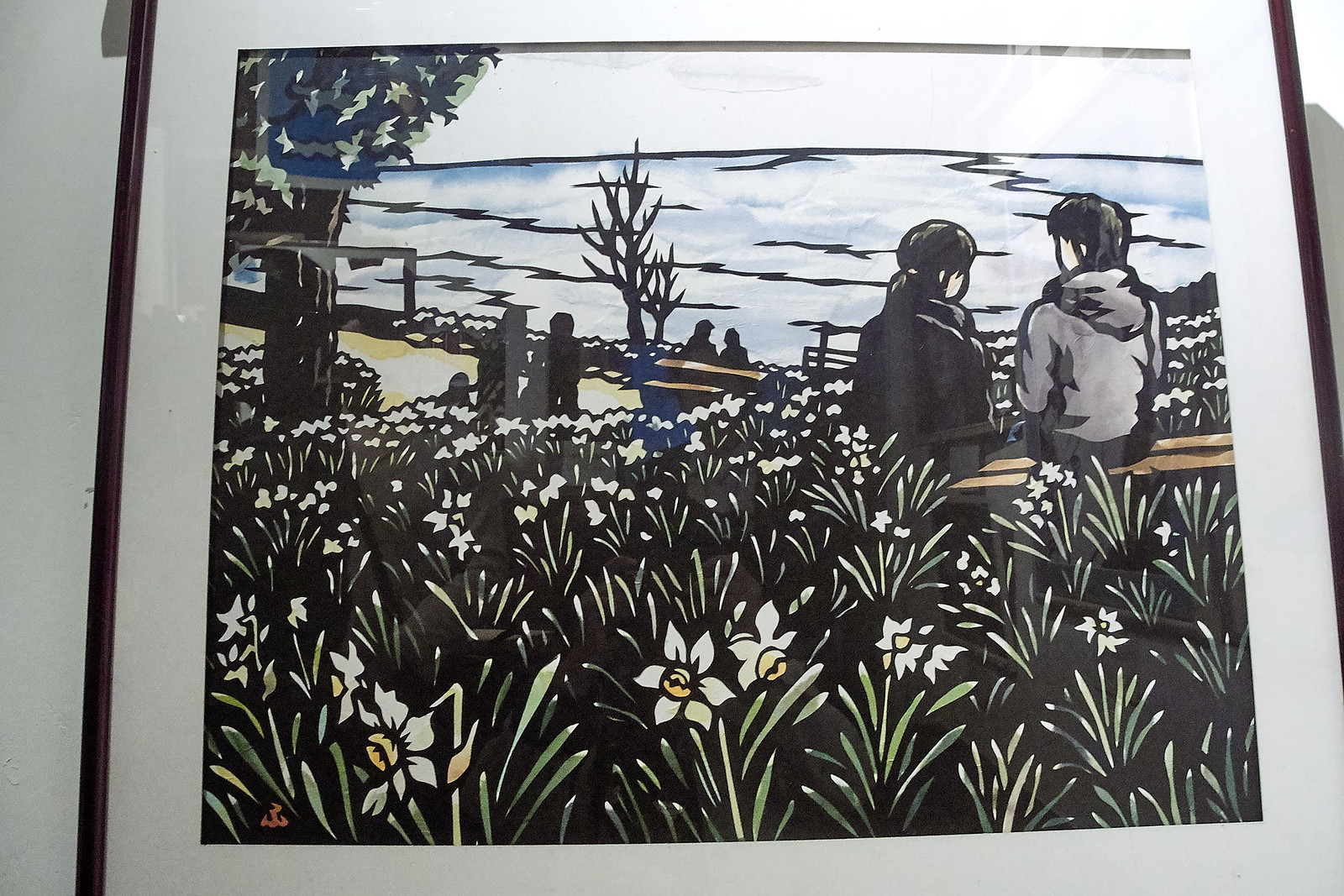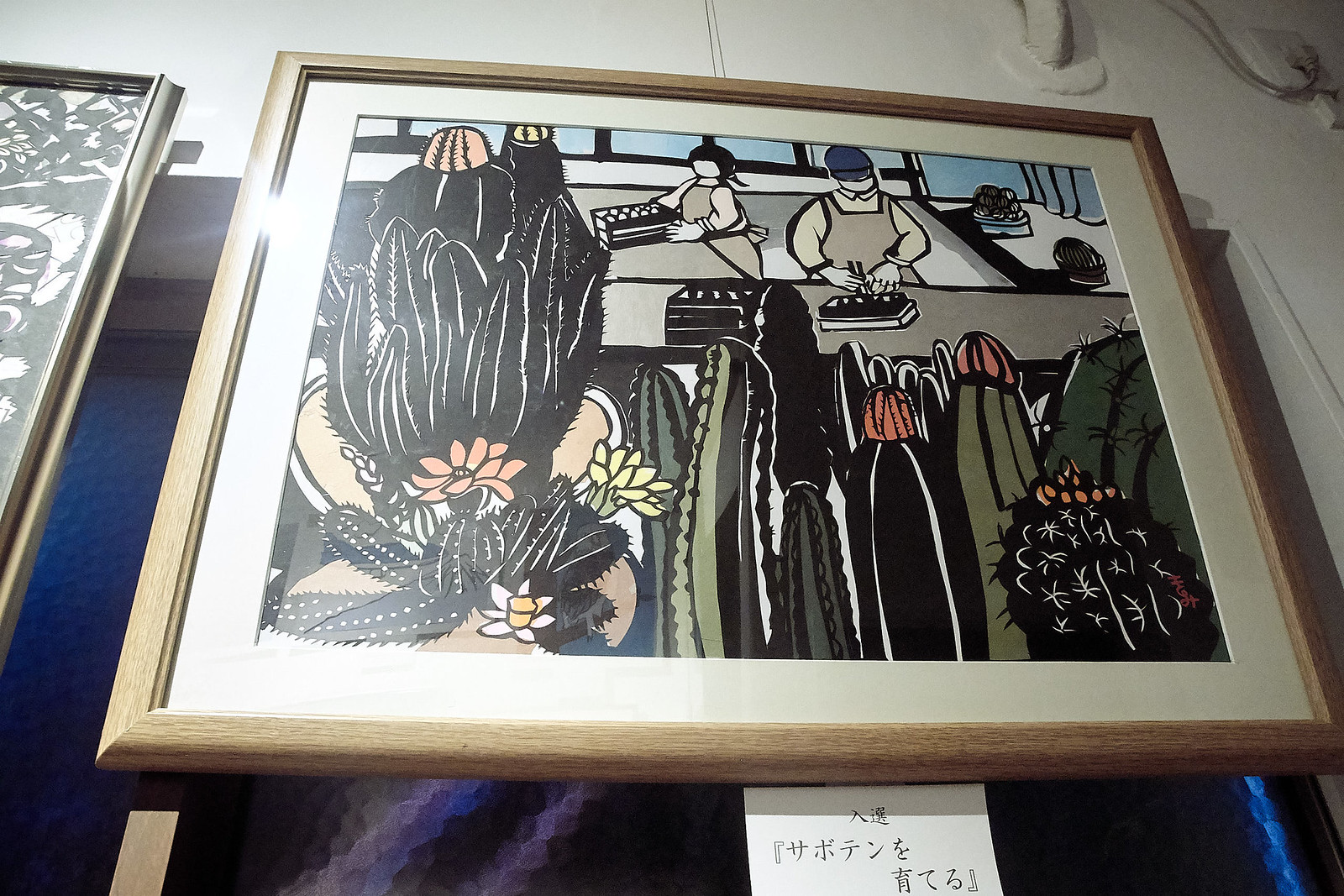TOKYO IS A CITY OF CONTRASTS—in a good way. A city that reminds us that we don’t have to forgo traditions to pursue progress. I think what makes it as an admirable city as it is now are the people’s traditions and adherence to good values. We can envy about their high-tech, modern, and sometimes weird 🙂 way of thinking, equally, their traditional culture is also something we could admire.
One place to visit where you can still see and experience the old Shitamachi, or old town atmosphere is Yanaka. It is a district in Tokyo just north of Ueno Park. Walk around the neighborhood and you will get to see and experience the locals’ typical daily lives. You can see home facades and garage converted into neat shops along the street selling items like clothes, bags, toys, street foods, traditional souvenirs, and other knick knacks that, you know, only the japanese can think of producing.
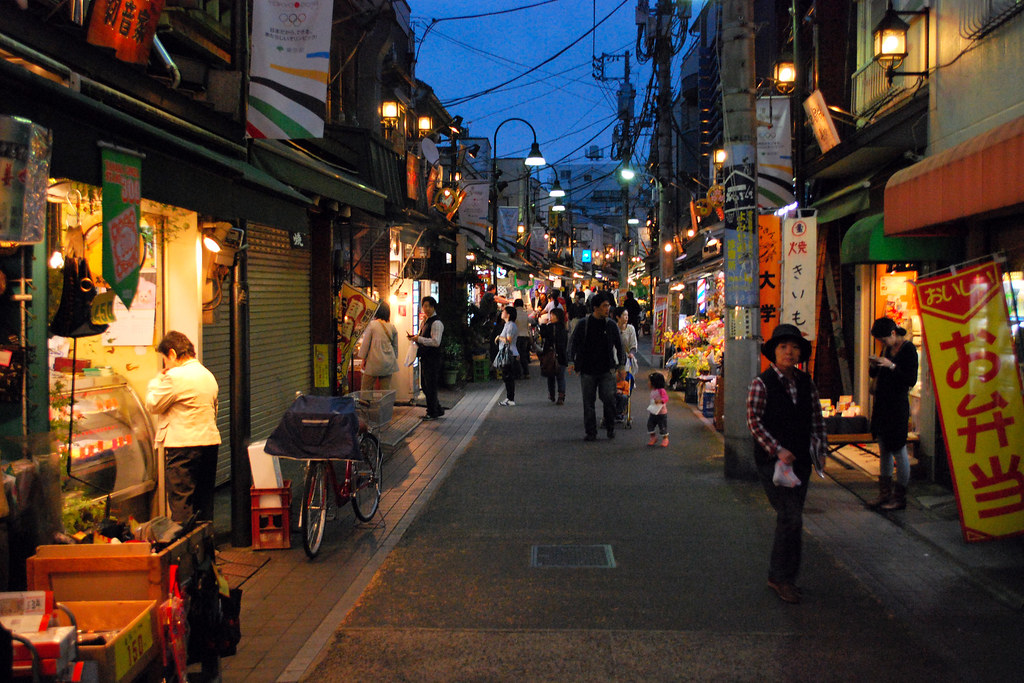
Creative Commons Yanaka Ginza at Night by Aapo Haapanen is licensed under CC BY 2.0
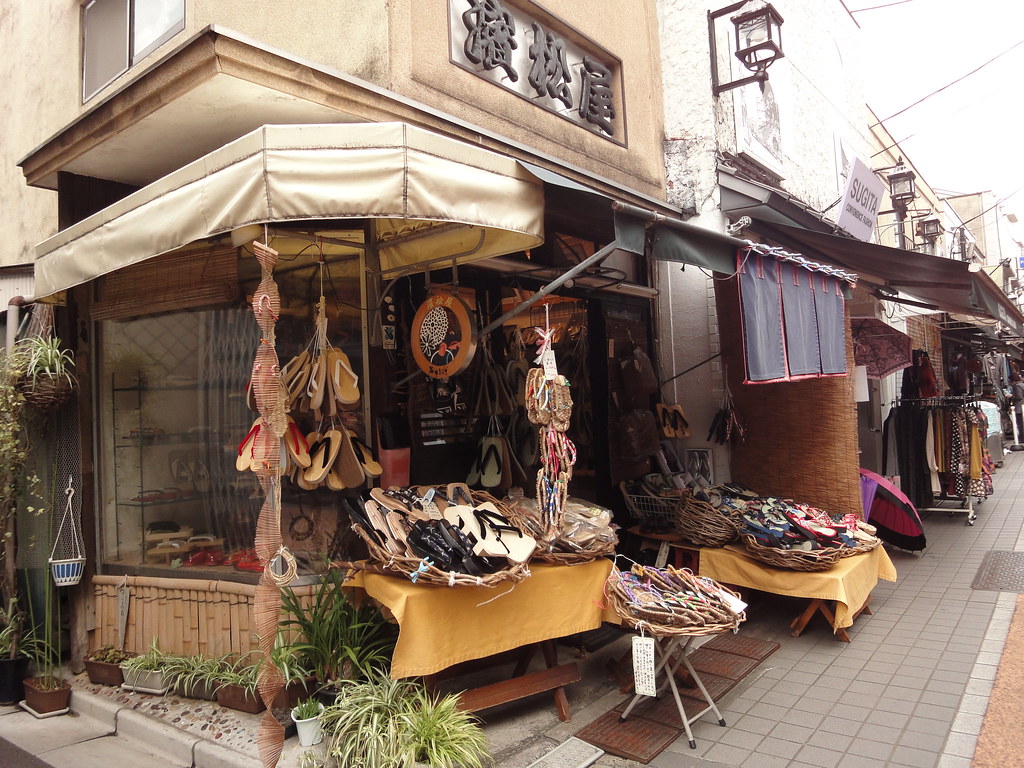
Creative Commons Yanaka Ginza Sandal Shop by wombatarama is licensed under CC BY-NC-ND 2.0
Strolling down south of Yanaka, along Snake Street in Nezu, we chance upon this small unassuming art gallery. The curator and manager, an elderly in his 60s maybe, eagerly welcomes us and gave us a tour. He enthusiastically narrates the stories behind each artworks on display… in Nihongo. Good thing his daughter can speak english and she helped us out. We initially thought of them as pen and ink artworks and woodblock prints. We were amazed to find out that the artworks were actually made of paper cut-outs, Kirie or Kirigama in Nihongo. You’ll see different styles from simple block, solid images using a few colored papers to complex full color cut-outs, almost painterly in appearance. I have seen paper cut-outs before but I’ve never seen anything done something like it. Looking at the art pieces, I have observed that in Kirigama, the negative and positive space of your work should carefully be considered. In fact, most of the artworks I’ve seen in the museum were created by working on the negative space.
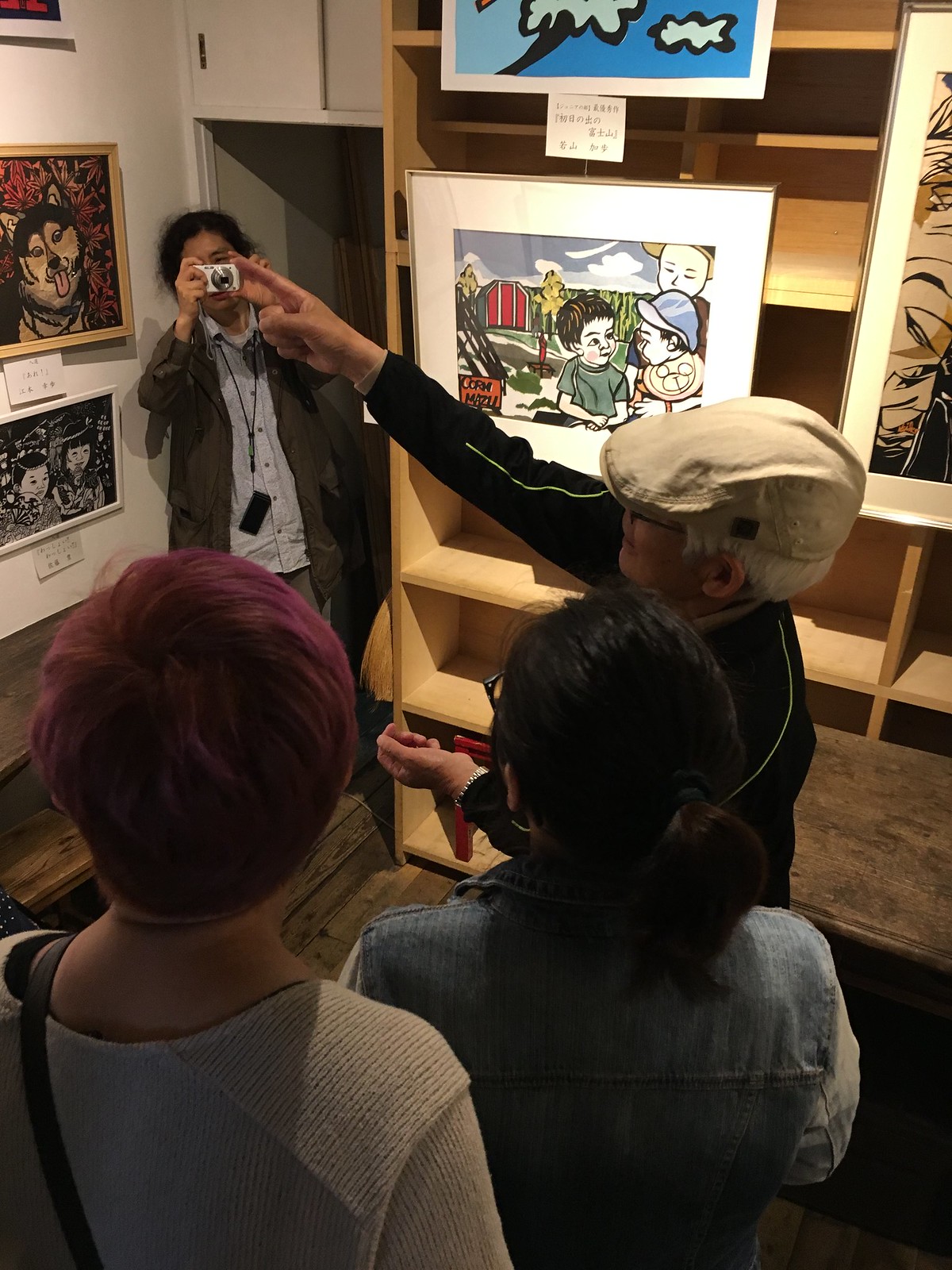
A group of independent artists run the museum, most are in their senior years. They also teach Kirie to young kids from around the neighborhood and nearby towns to keep the younger generations aware and interested in the art.
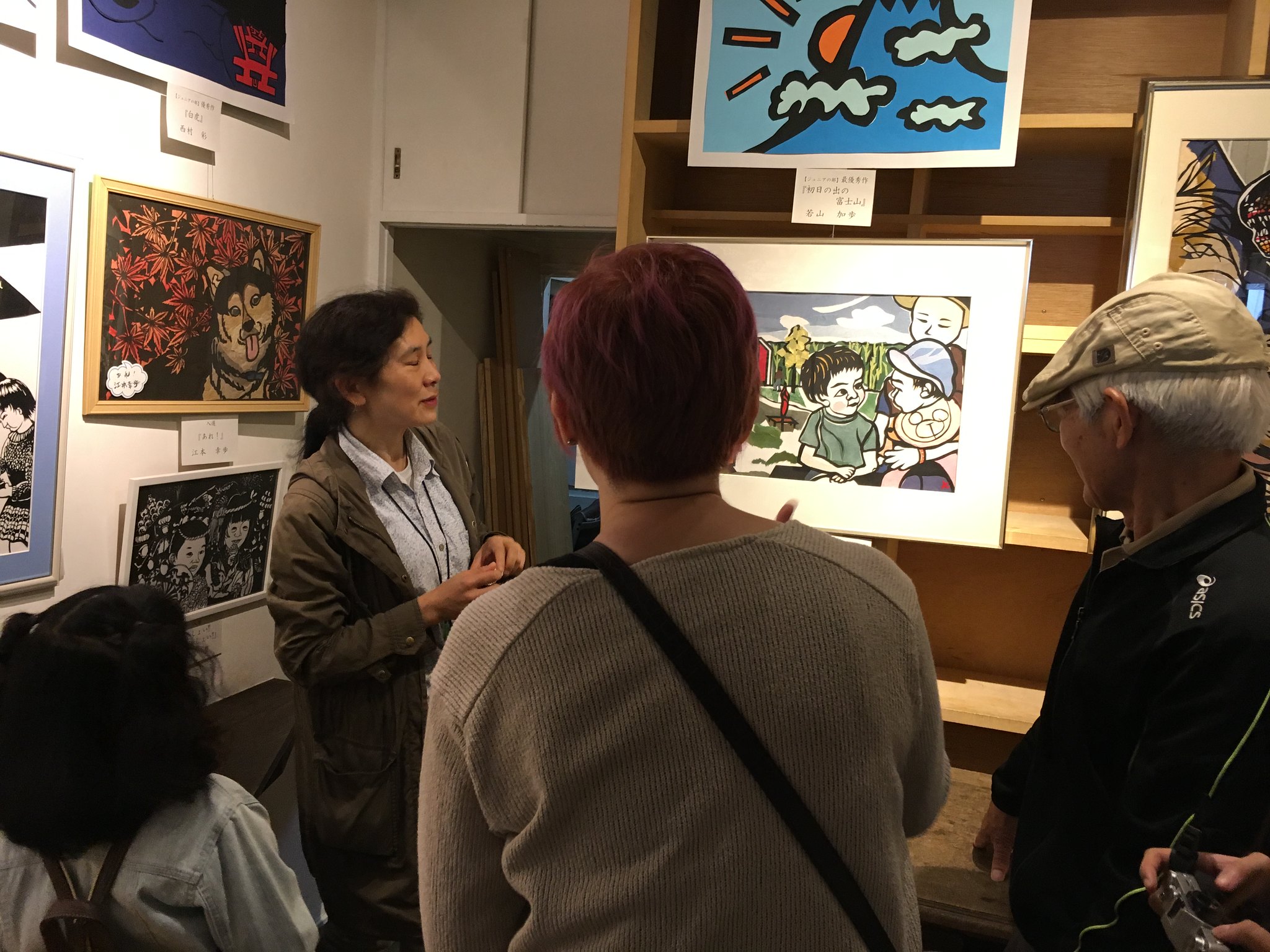
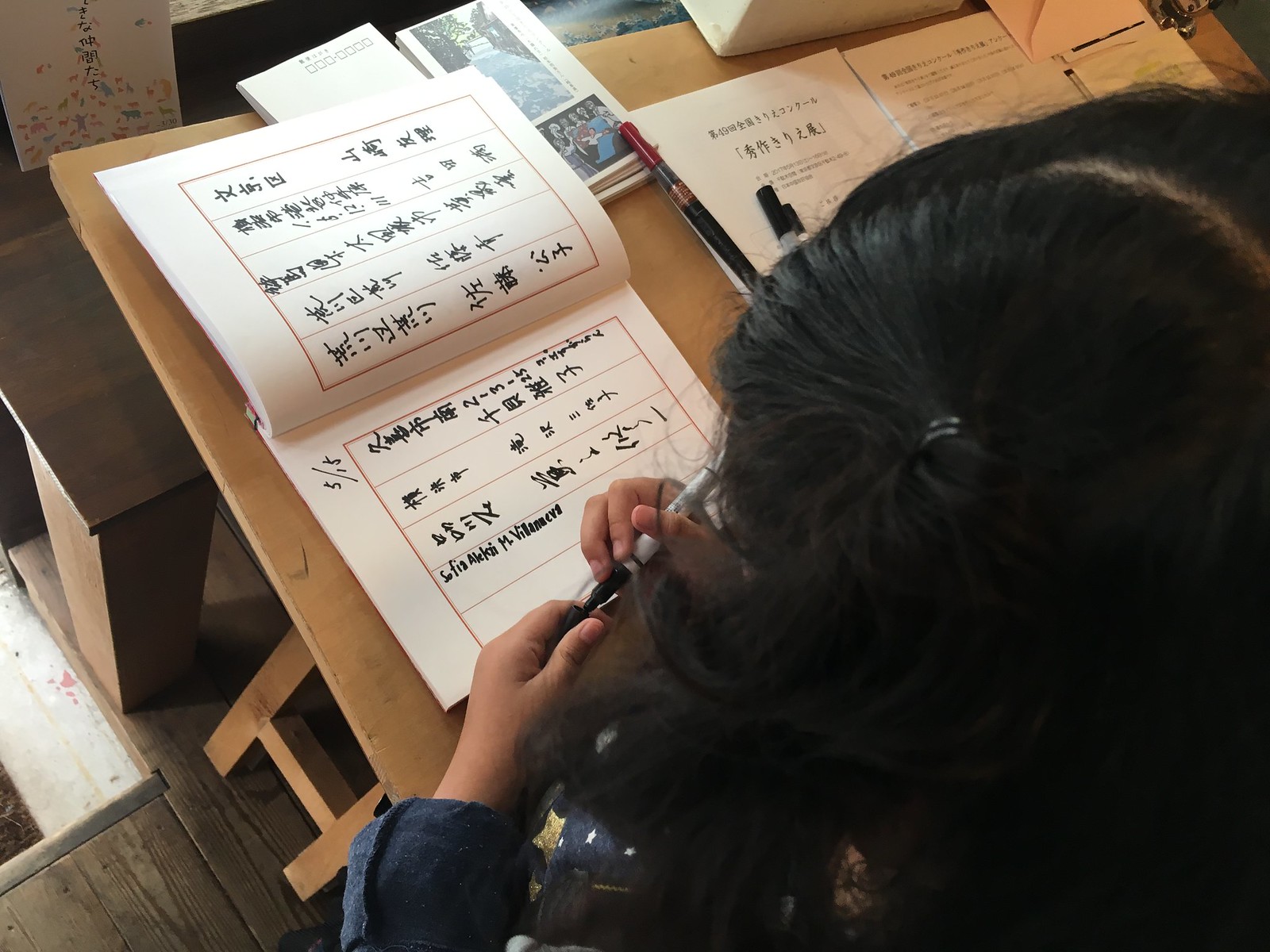
Researching more about Kirie I came across this video about Hiromi Mizugai, a Kirie artist. She was originally from Kyoto but she moved in to Jacksonville, Florida in 2004. She does Kirie during her time off taking care of her mother-in-law who were sick then. Now she’s a full-time artist and has held several shows in the U.S. Interestingly, she says that growing up without access to computers and gadgets really developed her skills and patience for the art. Her works are done the traditional way—by hand, giving her lines an organic feel and yet with refined character.
Technology evolves so fast and it will always change the way we do our crafts and arts, but sometimes going back to the traditional way of doing things will also lend us new inspirations, fresher ideas and unique look. Tokyo is a city like that. In spite of modern technology and ‘automated’ lifestyle, it has kept its good tradition closely in tact. That ‘contrast’ has set them apart and has made their visual culture unique. Indeed, this city really never fails to charm and inspire us!
sometimes going back to the traditional way of doing things will lend us new inspirations, fresher ideas, and unique look.
